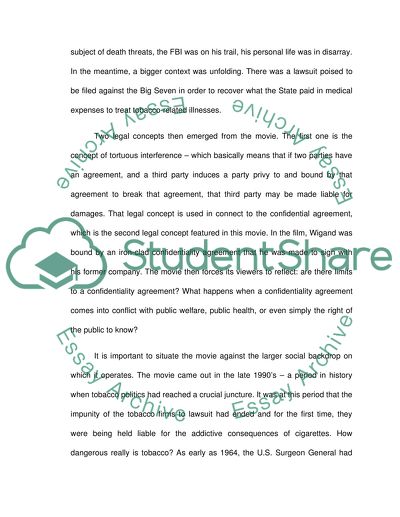Cite this document
(“A movie review of the film The Insider Essay Example | Topics and Well Written Essays - 1500 words”, n.d.)
Retrieved from https://studentshare.org/visual-arts-film-studies/1430401-a-movie-review-of-the-film-the-insider
Retrieved from https://studentshare.org/visual-arts-film-studies/1430401-a-movie-review-of-the-film-the-insider
(A Movie Review of the Film The Insider Essay Example | Topics and Well Written Essays - 1500 Words)
https://studentshare.org/visual-arts-film-studies/1430401-a-movie-review-of-the-film-the-insider.
https://studentshare.org/visual-arts-film-studies/1430401-a-movie-review-of-the-film-the-insider.
“A Movie Review of the Film The Insider Essay Example | Topics and Well Written Essays - 1500 Words”, n.d. https://studentshare.org/visual-arts-film-studies/1430401-a-movie-review-of-the-film-the-insider.


